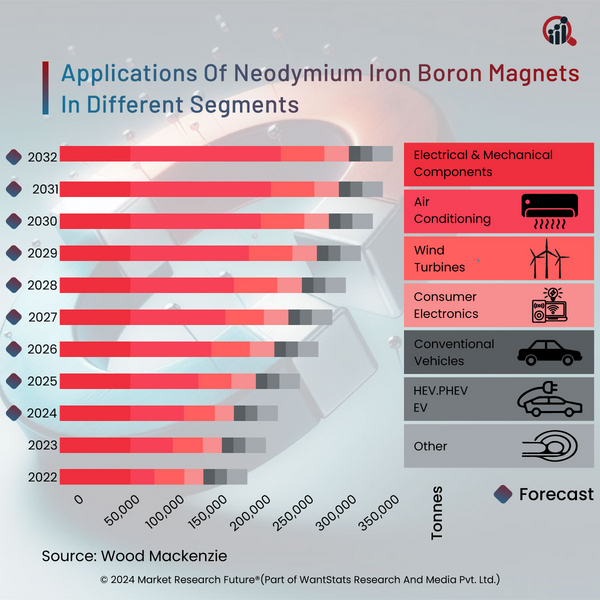Research Finds Ways To Advance the Magnetic Modelling To Support Electric Transportations
Researchers are diving deep to study the magnetic evolution in today's new world. The newly developed magnets are necessary for green energy transformation as well. Researchers find new methods to remodel the real microstructure of neodymium iron boron magnets. The research successfully reverses the magnetization property of such magnets in 2024.
Researchers simulated the process to reverse the magnetization property of the neodymium iron boron magnets in 2024. It was done by incorporating a mass of finite element models adapted from the tomographic data. This process is booming due to electron microscopy's ability to obtain precise results. These newly developed magnet models, with the help of tomography, will produce sustainable permanent magnets. This achievement in the magnetic field can give better outcomes for the clean energy transition. Neodymium iron boron magnets are used explicitly in electric vehicles and other electronics. Thus, electric transportation will benefit from the neodymium iron boron magnets as they can reduce the emission of greenhouse gases. These batteries are used in direct-drive wind turbines to convert kinetic energy from the wind to electrical energy.
According to experts, there is a growing demand for permanent magnets, and neodymium iron boron magnets rank higher in this demand. Therefore, researchers searched for a solution to improve such magnets' physical limits. In order to improve the efficiency of neodymium iron boron magnets, researchers will increase the number of micromagnetic simulations on real models in 2024. Therefore, this new research can resolve many issues in the industrial sector and advance electric transportation in the upcoming years.
